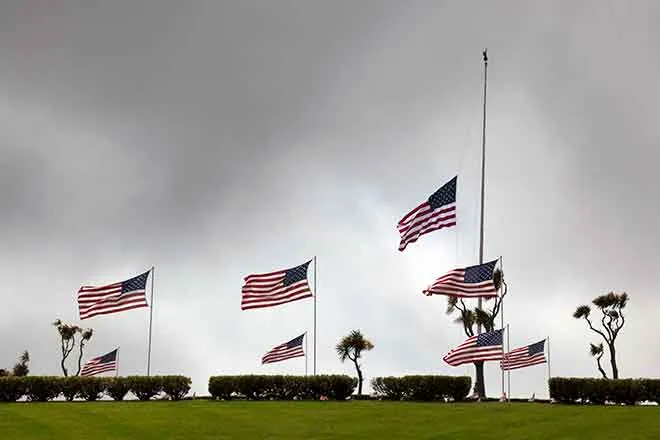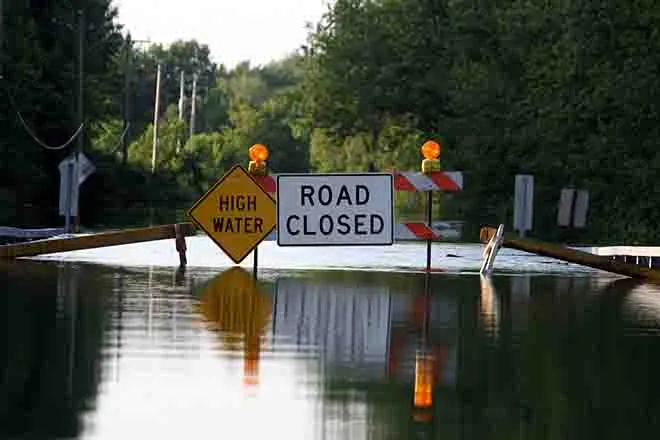
For World Stroke Day, learn how to spot a stroke
(Missouri News Service) Every 40 seconds, someone in the United States has a stroke - so learning how to spot one can be vital in saving your own life or someone else's.
This Sunday marks World Stroke Day, and the American Heart Association is spreading awareness on what to look for in catching a leading cause of death for Americans - and what nearly 190,000 Missourians experience each year.
Dr. Peter Panagos, a professor of emergency medicine and neurology at Washington University in St. Louis who heads the Heart Association's board in that city, said it's most important to act "FAST".
"F-A-S-T means facial asymmetry, kind of an abnormal facial droop," he said. "'A' for arm weakness - unable to hold one arm up. And then the 'S' - speech difficulty, the speech slurred or difficult to comprehend. And then 'T' is time to call 9 -1 -1."
Panagos said it's important to identify your risk factors. Things such as unrecognized or poorly treated high blood pressure, diabetes, obesity, lack of exercise and use of tobacco products should be discussed with your primary-care doctor. He said the best treatment for stroke is prevention.
Courtney Hall, a stroke survivor in her 30s, said she's young and didn't think about stroke at all. Hall advised that it isn't necessary for all the signs of stroke to show up; even one or two should be enough to alert you.
"I started to feel like I was talking in slow motion. My only symptoms were the heavy arm and leg, and slowed speech," she said. "If I would have gone the first day, I could have received the clot-buster medicine. But I had to learn how to walk again; I had to learn how to use my left arm again."
Hall said her biggest advice is "when in doubt, check it out." Even when a stroke isn't fatal, it results in up to 50 percent of patients having a chronic disability.

















